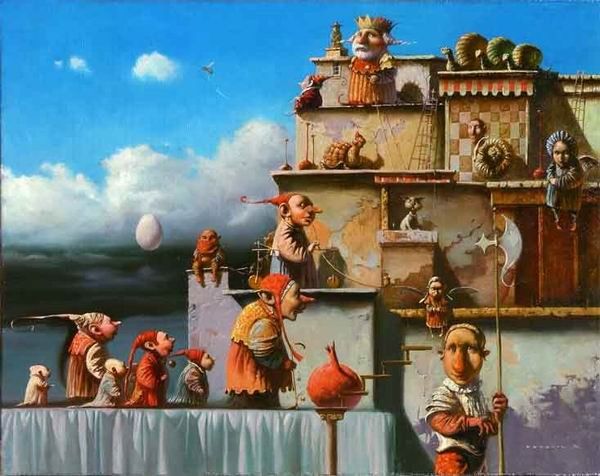
Endgame Studies: Can They Help You Play Better Chess?
Chess composition is one of the most beautiful and mysterious aspects of the art of chess.
For me chess is art. I am fond of solving chess problems and, particularly, chess studies. They are full of paradoxes and original ideas. — Gary Kasparov
The artistic endgame study always includes some sparkling idea. It’s a kind of spectacle, which should impress by miraculous acts and the originality of the idea. The spirit of chess, its energy and its magic live in the chess study which shows the brilliance, imagination and depth of thought of its composer.
Chess studies are a great source of pleasure and delight to those who develop a taste for them. Apart from the aesthetic side and artistic value, they possess a great practical value too.

.
Chess study educational value
Studies have played an important role in the development of many great players. Lasker, Reti, Smyslov, and Botvinnik, to name few, have all solved and composed endgame studies. Practically all world class players have an interest in this side of the game – it’s part of what a true love for the game consists of.
There’s a strong connection there: appreciation of chess beauty goes hand in hand with top class play. For doubting Thomases here are two main reasons why looking at chess studies will improve their chess (GM Jonathan Levitt, in Secrets of Spectacular Chess):
1. It should enhance powers of chess fantasy by building up the vocabulary of tactical ideas and patterns,
2. Solving problems and studies requires very clear, precise and goal-orientated thinking. Such thinking is very valuable when playing chess at any level.

.
Let’s take a look at one brilliant study composed by Sergey Mikhailovich Kaminer (1908 – 1938)
Sergey Kaminer, “Trud” 1935, 2nd prize. White to move and win
.
At first impression, White should not have any difficulties to win in this position. The h-pawn is unstoppable.
1. h6-h7 Bd1-h5!
Now it turns out that the straightforward 2.h8Q? is met by 2…Bxg6+ 3.Ka1 Be7! and the newly-born queen is lost.
2. Ng6-f4!!
The goal of this move is to drive off the black g-pawn. Why? It will become clear later.
2. … g5xf4
3. h7-h8Q Bh6-g6+
4. Kb1-a1 Ba3-e7!
5. Ng1-f3! Be7-f6+
6. Nf3-e5 Kf7-e7
After 6…Ke7
.
When looking at this position, it seems that it won’t be easy to save it, let alone win.
7. Qh8-h4!!
Now you realize why it was so important to drive off the black g-pawn and open the d8-h4 diagonal at move two.
7. … Bf6xh4
It doesn’t help 7…Bf5 in view of 8.Qxf4
8. Ne5xg6+ and wins.
Have you perhaps experienced an intense aesthetic moment? Anything like heightened sense of elation, or awe? Well, the aesthetic dimension of things would seem to deepen, extend and redefine what might otherwise be described as the happenings of our everyday (chess) life.
 "Toni didn't represent the suffering of human beings... In his figurines, he preferred filling our houses with good feelings and joy." (Danilo Rigon).
"Toni didn't represent the suffering of human beings... In his figurines, he preferred filling our houses with good feelings and joy." (Danilo Rigon).
.
.

